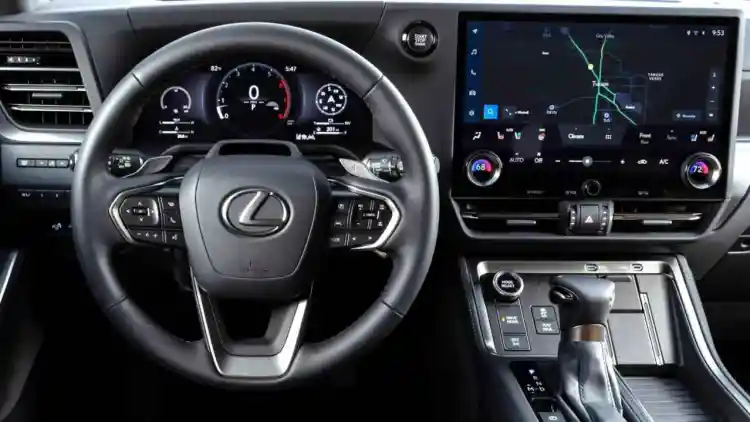- What is a hybrid car?
- How Does A Hybrid Car Work?
- Is a Hybrid Car A Good Choice in GCC Regions?
- What Are the Best Hybrid Cars So Far?
- The Final Verdict: Is a Hybrid Your Next Car in the Gulf?
The automotive landscape in the Gulf is changing. While the roar of a V8 and the endless desert highways remain iconic, a quieter, more efficient revolution is taking place. You see it in the carpool lanes of Sheikh Zayed Road, the valet parking at the Riyadh Park Mall, and the driveways of modern villas in Jeddah. This revolution is powered by hybrid technology.
For years, GCC drivers have prioritized power, reliability, and air-conditioning that can withstand a 50°C summer afternoon. The question is, can a hybrid vehicle deliver on these core needs while also offering the promise of incredible fuel savings?
If you're curious about what a hybrid car is, how it works, and most importantly, if it’s the right choice for your life in the UAE, Saudi Arabia, or anywhere else in the Gulf, you’ve come to the right place. Consider this your definitive guide.
What is a hybrid car?
At its core, the definition of a hybrid car is simple: it’s a vehicle that uses two or more distinct power sources to move. In virtually all cases in today's market, this means a combination of a traditional internal combustion engine (ICE)—the petrol engine we all know—and an electric motor powered by a battery pack.
The goal of this partnership is to create a vehicle that is significantly more fuel-efficient and produces fewer emissions than its petrol-only counterpart, without the "range anxiety" associated with fully electric vehicles (EVs). The car's sophisticated computer system, the Power Control Unit, acts as the brain, intelligently switching between the petrol engine, the electric motor, or using both simultaneously to optimize for either fuel economy or performance, depending on the driving situation.
However, the term "hybrid" isn't a one-size-fits-all label. The technology has evolved into several distinct types, each offering a different level of electrical assistance and a different driving experience. Understanding these types is the first step to determining which, if any, is right for you.
Mild Hybrid (MHEV)
Think of a Mild Hybrid Electric Vehicle as a conventional car with an electric "helper." The electric motor in an MHEV isn't powerful enough to drive the car on its own. Instead, its primary role is to assist the petrol engine.
How it helps: It provides a small power boost during acceleration, which allows the engine to work less hard, thereby saving a bit of fuel. It also enables a much smoother and quicker engine start-stop function, which is fantastic for the constant stop-and-go traffic in cities like Dubai or Doha. The system, often a 48-volt setup, also powers the car's electronics when the engine is off at a red light.
Charging: Like all hybrids on this list except one, the MHEV is "self-charging." Its small battery is recharged through regenerative braking (capturing energy when you slow down) and by the engine itself. You never need to plug it in.
GCC Relevance: Many modern luxury vehicles from brands like Mercedes-Benz (with its "EQ Boost" system), BMWUAE BMWEgypt BMWOman BMWBahrain BMWKuwait BMWQatar BMWKSA BMW, and Land RoverUAE Land RoverKSA Land RoverKuwait Land RoverQatar Land RoverOman Land RoverBahrain Land RoverEgypt Land Rover are now incorporating MHEV technology. It's a subtle enhancement that improves refinement and offers a modest efficiency gain without changing the fundamental driving experience. It’s a good entry point but doesn't offer the significant fuel savings of a full hybrid.
Full Hybrid (HEV)
This is the classic hybrid, the technology that ToyotaUAE ToyotaKSA ToyotaKuwait ToyotaQatar ToyotaOman ToyotaBahrain ToyotaEgypt Toyota and Lexus have perfected and popularized across the globe and especially in the Middle East. When people talk about a "hybrid," they are usually referring to an HEV, often called a "self-charging hybrid."
How it works: An HEV has a more powerful electric motor and a larger battery pack than an MHEV. This allows the car to run on pure electric power for short distances at low speeds. Think of silently cruising through a mall parking garage, navigating a residential compound, or inching along in a traffic jam—all with zero fuel consumption and zero emissions. At higher speeds or under heavier acceleration, the petrol engine kicks in seamlessly.
Charging: Again, no plugging in required. The battery is charged by the petrol engine and, more importantly, by regenerative braking. Every time you lift your foot off the accelerator or press the brake pedal, the system captures kinetic energy and converts it into electricity to store in the battery.
GCC Relevance: This is arguably the most practical and popular type of hybrid for the GCC region. Cars like the Toyota CamryKSA Toyota CamryKuwait Toyota CamryQatar Toyota CamryOman Toyota CamryBahrain Toyota CamryEgypt Toyota CamryUAE Toyota Camry Hybrid, Lexus ESBahrain Lexus ESEgypt Lexus ESKSA Lexus ESKuwait Lexus ESOman Lexus ESQatar Lexus ESUAE Lexus ES 300h, and Toyota RAV4UAE Toyota RAV4Kuwait Toyota RAV4Qatar Toyota RAV4Oman Toyota RAV4Bahrain Toyota RAV4Egypt Toyota RAV4KSA Toyota RAV4 Hybrid are incredibly popular because they offer dramatic fuel savings (often cutting fuel bills by 40-50%) without requiring any change in driver behavior or reliance on charging infrastructure.
Plug-in Hybrid (PHEV)
A Plug-in Hybrid Electric Vehicle is the bridge between a hybrid and a fully electric car. It offers the best of both worlds, but with a specific requirement: you need a place to plug it in.
How it works: A PHEV has an even larger battery pack than an HEV, which you can charge by plugging it into an external power source (like a home wall charger or a public charging station). This large battery allows the car to travel a significant distance on pure electric power—typically between 40 and 80 kilometers. For many people in the GCC, this is enough to cover their entire daily commute without using a single drop of petrol. Once the electric range is depleted, the car seamlessly switches to operating like a regular full hybrid (HEV), using its petrol engine and regenerative braking.
Charging: As the name implies, you must plug it in to get the main benefit.
GCC Relevance: PHEVs are perfect for the driver who has a predictable daily commute and can install a charger at their home or office. Imagine driving a powerful SUV like the Porsche Cayenne E-Hybrid or BMW X5 xDrive50e around the city all week on silent, cheap electricity, and then having the full power and range of the petrol engine for a long weekend drive from Riyadh to Al Khobar. They offer ultimate flexibility but require access to charging.
Range-Extender Hybrid
This is a less common but interesting variation. A range-extender is essentially an electric car with a small onboard petrol generator. The key difference is that the petrol engine never directly drives the wheels. Its only job is to generate electricity to recharge the battery when it gets low, thus "extending" the vehicle's range.
GCC Relevance: While dedicated range-extender models are rare, Nissan's e-POWER technology, found in models like the Kicks and the new X-Trail, operates on a very similar principle. The wheels are always driven by the electric motor, providing the instant torque and smooth acceleration of an EV. A small, efficient petrol engine runs quietly in the background when needed to generate electricity. It’s a clever way to deliver an EV-like driving experience without the need to ever plug the car in, making it another excellent "no compromise" solution for the region.
How Does A Hybrid Car Work?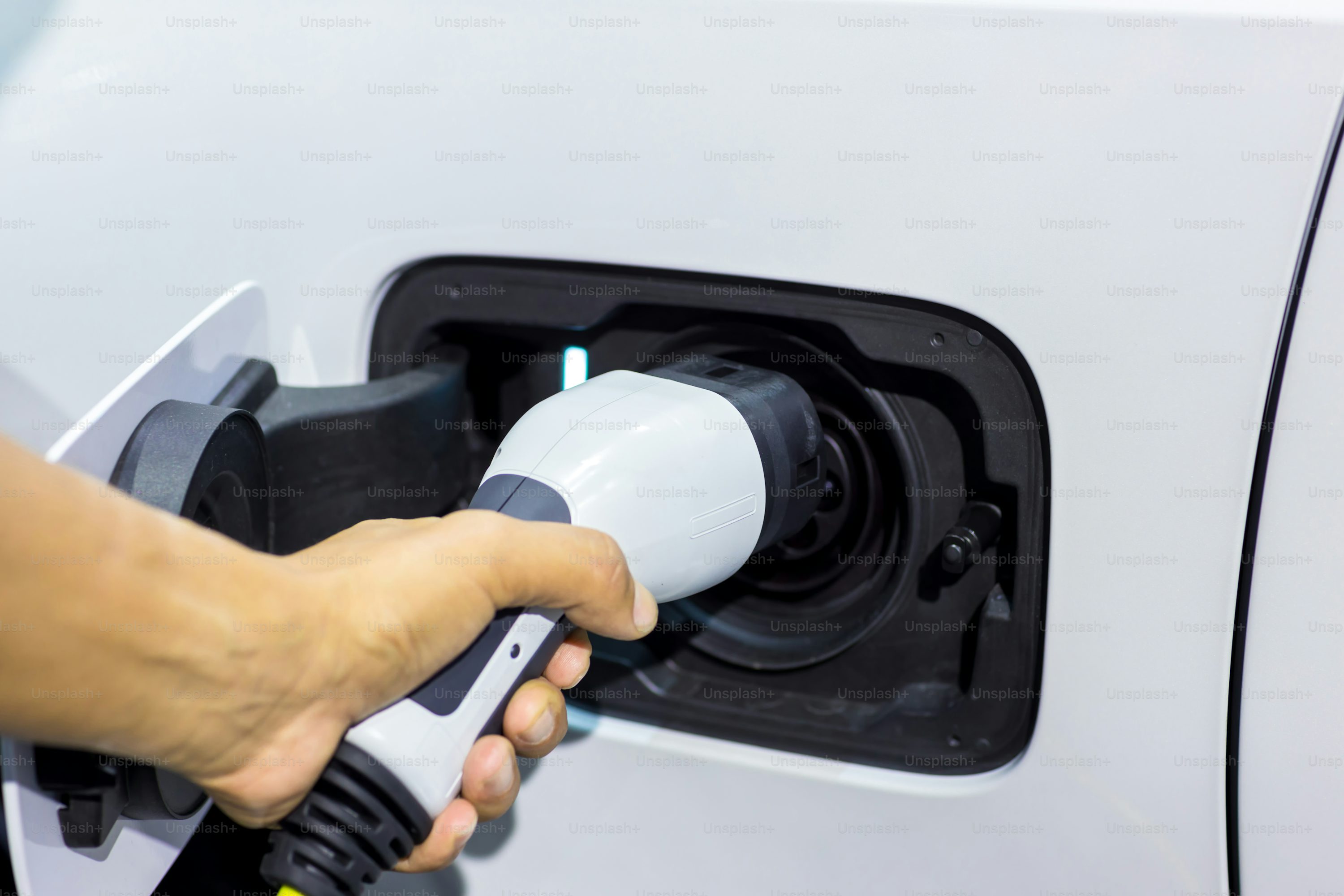
Understanding the different types of hybrids is one thing; understanding what’s happening under the bonnet as you drive is another. The magic of a hybrid isn't just in the components themselves, but in their seamless, computer-controlled integration. Let's break down the mechanics of the most common systems you'll find in the GCC.
The key components are:
Internal Combustion Engine (ICE): The familiar petrol engine.
Electric Motor/Generator: A powerful motor that can both drive the wheels and act as a generator to create electricity.
Battery Pack: Typically a high-voltage Lithium-ion or Nickel-Metal Hydride battery that stores the electrical energy.
Power Control Unit (PCU): The "brain" of the system, a sophisticated computer that manages the flow of power between the engine, motor, and battery.
Transmission: A specialized transmission (like Toyota's e-CVT) designed to blend power from both sources smoothly.
Let's use a real-world scenario to see how these parts work together in a Full Hybrid (HEV), like a Lexus RX 350h, on a typical drive in a Gulf city.
The Full Hybrid (HEV) in Action
Starting the Car: You press the "Power" button. Silence. The dashboard lights up, but the petrol engine remains off. The car is ready to move using only the electric motor, drawing power from the hybrid battery.
Low-Speed Driving (e.g., leaving your compound or a mall parking lot): As you gently press the accelerator, the car glides forward silently in EV Mode. The electric motor is doing all the work. This is perfect for low-speed environments, using zero fuel and producing zero emissions.
Normal Acceleration and Cruising (e.g., merging onto King Fahd Road): As you ask for more speed, the PCU makes a split-second, seamless decision. It starts the petrol engine, which joins the electric motor in powering the wheels. The PCU constantly adjusts the power split between the engine and motor to find the most efficient operating point. Sometimes the engine will be doing most of the work while also sending a little charge to the battery; other times, the motor will assist the engine to reduce its workload.
Hard Acceleration (e.g., overtaking on the highway): You need maximum power. The PCU commands both the petrol engine and the electric motor to deliver their full output together. This is why many hybrids feel surprisingly quick off the line—you get the instant torque of the electric motor combined with the high-end power of the petrol engine.
Decelerating and Braking (The Secret Sauce: Regenerative Braking): This is where hybrids gain a massive efficiency advantage, especially in city driving. When you lift your foot off the accelerator or apply the brakes, the system reverses the function of the electric motor. Instead of using electricity to turn the wheels, the momentum of the turning wheels now spins the motor. The motor acts as a generator, converting the car's kinetic energy—energy that would normally be wasted as heat in conventional brakes—into electricity, which is then sent back to recharge the battery. This is why hybrid brake pads often last much longer than those on conventional cars.
Coming to a Stop (e.g., at a traffic light): As the car comes to a halt, the petrol engine shuts off completely. The air conditioning, audio system, and all other electronics continue to run off the hybrid battery. This eliminates wasteful idling, saving a significant amount of fuel in heavy traffic. When the light turns green, the process starts all over again.
The Plug-in Hybrid (PHEV) Experience
Now, let's consider a PHEV, like a Range Rover Sport P440e. The experience has an extra layer.
EV Mode: You start your day with a fully charged battery. You can select "EV Mode" and drive purely on electricity. For a 50 km commute from The Pearl in Qatar to Lusail City, you might not use the petrol engine at all. The drive is silent, smooth, and, depending on your electricity tariff, incredibly cheap.
Hybrid Mode: If your journey is longer, or you deplete the battery, the vehicle automatically switches to "Hybrid Mode." From this point on, it behaves exactly like the Lexus HEV described above, using a combination of the engine and motor, and recharging via regenerative braking.
Charging: The key difference is the end of the day. You arrive home and plug the car into your home charging unit. A few hours later (typically 2-7 hours depending on the charger), the battery is full again, ready for another day of emission-free driving. This routine is what unlocks the massive potential savings of a PHEV.
This intelligent dance between petrol and electric power is what makes a hybrid so effective. It’s not just about having two engines; it’s about using the right one at the right time to maximize every drop of fuel and every watt of electricity.
Is a Hybrid Car A Good Choice in GCC Regions?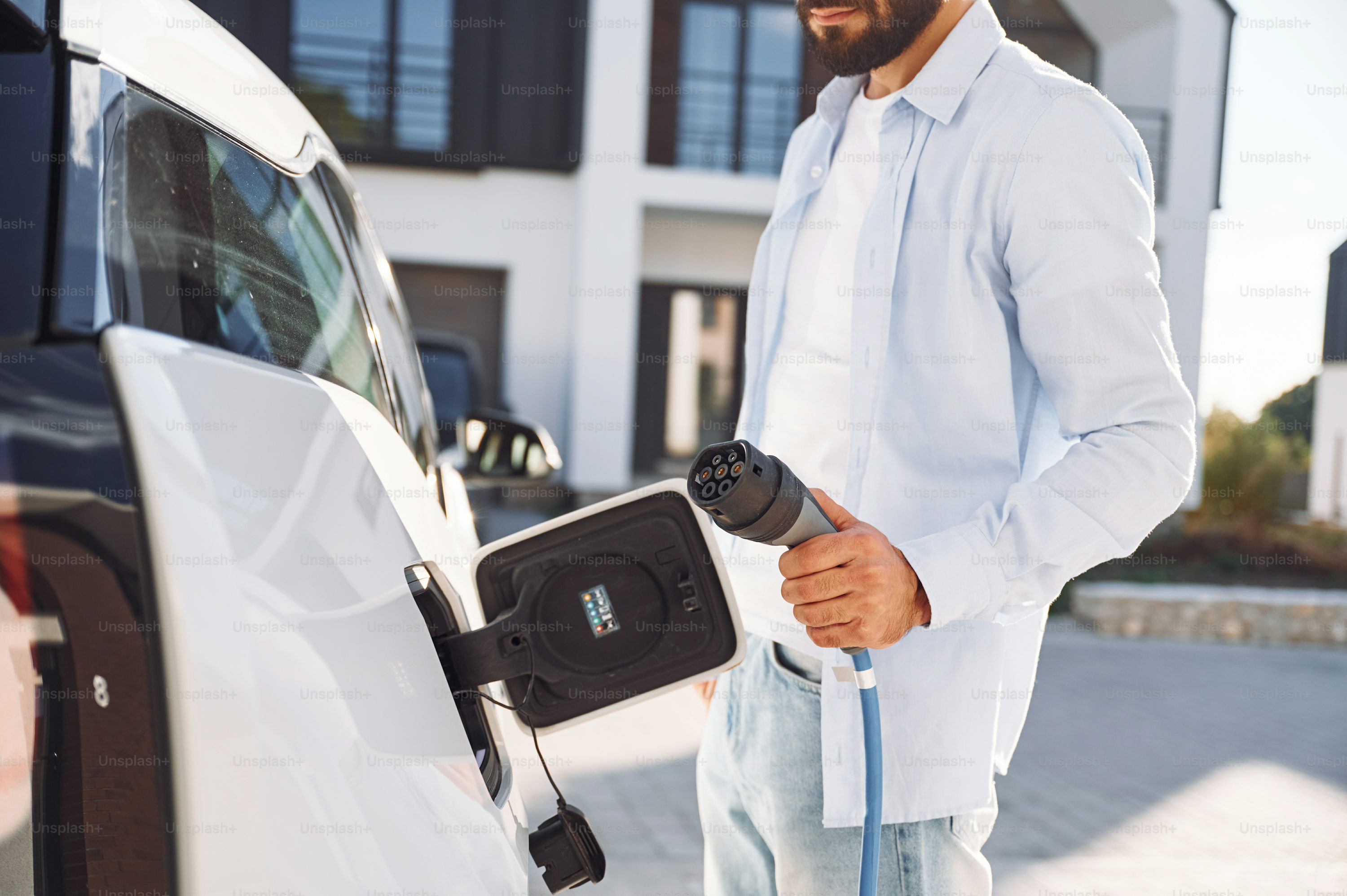
This is the most critical question for any potential buyer in the Gulf. A car that excels in Europe or Japan might struggle with the unique challenges of our region: extreme heat, long-distance driving, and specific consumer expectations. Let's analyze the pros and cons of hybrid ownership in the GCC.
The Climate Challenge: Heat and AC Performance
The number one concern for any driver in Saudi Arabia or the UAE is air conditioning. The fear is that a powerful AC running full-blast in August will drain the hybrid battery, negating any fuel savings.
This is a valid concern, but one that manufacturers have engineered solutions for. Here’s the reality:
The Engine is Key: Your car’s AC compressor needs power. In a hybrid, when the AC demand is high, the Power Control Unit will simply run the petrol engine more often to provide the necessary power and to keep the hybrid battery at a stable state of charge. You will never be left stranded with a dead battery because of the AC.
Impact on Fuel Economy: Yes, running the AC hard will reduce your fuel economy. However, this is true for any car, hybrid or conventional. A petrol car's engine also has to work harder to run the AC, increasing its fuel consumption. The hybrid will still be significantly more efficient overall.
Battle-Tested Brands: Brands like Toyota and Lexus have been selling hybrids in the Middle East for over a decade. Their systems, including the crucial battery cooling systems, are robust and specifically designed to withstand the punishing summer heat. They wouldn't be market leaders if their cars couldn't handle the climate.
Fuel Economy & Running Costs: The Biggest Pro
This is the hybrid's trump card. With petrol prices across the GCC no longer being as low as they once were, the potential for savings is substantial.
Let's do some simple, realistic math.
Conventional Car (e.g., a V6 SUV): Average fuel economy of 13 L/100km.
Hybrid Car (e.g., a Toyota Highlander Hybrid): Average fuel economy of 6.5 L/100km.
Annual Driving: A typical 25,000 km per year.
Fuel Price (example): 2.30 SAR per litre.
Annual Fuel Cost (Conventional): (25,000 km / 100) 13 L 2.30 SAR = 7,475 SAR
Annual Fuel Cost (Hybrid): (25,000 km / 100) 6.5 L 2.30 SAR = 3,737.50 SAR
Annual Savings: 3,737.50 SAR
Over a typical 5-year ownership period, that's nearly 19,000 SAR in fuel savings alone. For high-mileage drivers, the savings are even more dramatic. This is a compelling financial argument that is hard to ignore.
Infrastructure: The Charging Question
The state of public charging infrastructure is a hot topic. But for hybrid owners, it’s less of a concern than you might think.
For HEVs (Self-Charging): The lack of widespread public chargers is actually a benefit. You get to enjoy massive fuel savings without ever needing to find a plug. You fuel up at a standard petrol station just as you always have. This makes HEVs the perfect, hassle-free solution for 99% of drivers in the region today.
For PHEVs (Plug-in): Here, infrastructure matters. While major cities like Dubai, Abu Dhabi, and Riyadh are rapidly expanding their public charging networks (in malls, hotels, and business parks), it's not yet ubiquitous. A PHEV makes the most sense if you can install a charging point at your home or have guaranteed access at your workplace. Without regular charging, a PHEV essentially becomes a heavier, more expensive HEV.
Government Policies and Incentives
Governments across the GCC are promoting greener transport as part of national strategies like the UAE Green Agenda 2030 and Saudi Vision 2030. While direct cash rebates are still rare, there are growing perks for hybrid and EV owners, which can include:
Free Public Parking: Designated green parking spots in some areas.
Toll Exemptions: In Dubai, registered EVs and hybrids get a free Salik tag.
Lower Registration Fees: Some emirates offer discounts on annual vehicle registration.
These incentives are expected to grow, making hybrid ownership even more attractive in the coming years.
Maintenance, Battery Life, and Resale Value
Three common myths need to be addressed:
Maintenance is Expensive: False. Routine maintenance like oil changes is very similar to a conventional car. In fact, some costs are lower. Because of regenerative braking, brake pads and discs last significantly longer. The hybrid components themselves are designed to be maintenance-free.
The Battery Will Die and Cost a Fortune: This is the biggest myth. Hybrid batteries are engineered to last the entire lifespan of the vehicle. Manufacturers are so confident that they offer extensive warranties, typically 8 years / 160,000 km or even 10 years / 240,000 km on the hybrid components. The fear of a sudden, expensive battery replacement is largely unfounded for modern hybrids.
Resale Value is Poor: The opposite is true in the GCC. Due to their proven reliability and incredible fuel savings, hybrids from reputable brands like Toyota and Lexus command some of the highest resale values in the market. A used Toyota Camry Hybrid is a highly sought-after vehicle, making it a very sound financial investment.
Verdict: For the vast majority of drivers in the GCC, a hybrid car, particularly a self-charging HEV, is an exceptionally good choice. It directly addresses the growing concern over fuel costs without compromising on the reliability and durability that are paramount in this region.
What Are the Best Hybrid Cars So Far?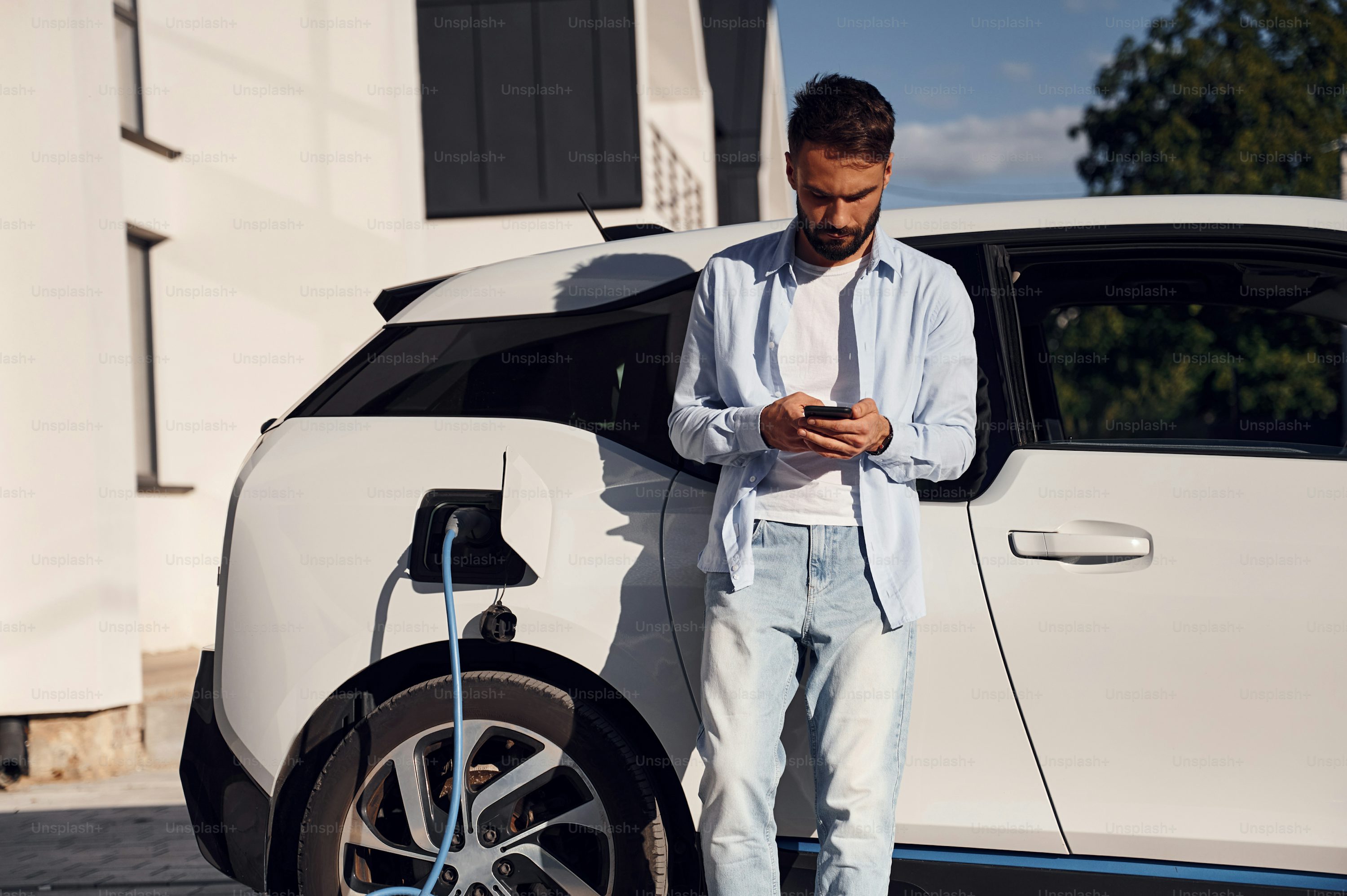
The market is now filled with excellent hybrid options catering to every need, from practical family sedans to high-performance luxury SUVs. Here are five of the best hybrid cars available in the GCC, each a leader in its class.
1. Toyota Camry Hybrid
Category: Mid-size Family Sedan
Why it's the best: The Camry Hybrid is the undisputed king of hybrids in the Middle East for a reason. It is the benchmark for reliability, efficiency, and value. It takes everything people love about the standard Camry—its spacious interior, comfortable ride, and legendary durability—and adds a hybrid powertrain that can easily cut fuel consumption in half. Its presence as a premium taxi in fleets across the UAE is the ultimate testament to its low running costs and bulletproof reliability.
Best for: Families, business professionals, and anyone looking for a practical, comfortable, and incredibly economical daily driver with an unbeatable reputation and strong resale value.
2. Lexus RX Hybrid
Category: Luxury Crossover SUV
Why it's the best: Lexus pioneered the luxury hybrid, and the RX is the culmination of that expertise. It delivers the serene, silent, and impeccably built experience expected from a Lexus, but with the added benefit of remarkable fuel efficiency for its size. The latest generation offers multiple hybrid powertrains, including the powerful RX 500h F SPORT Performance, which uses a turbocharged hybrid system to deliver thrilling acceleration alongside respectable economy. It perfectly answers the question "what are the best SUVs in Saudi Arabia?" for the modern, eco-conscious luxury buyer.
Best for: Discerning buyers who want premium luxury, advanced technology, and family-friendly practicality without the high fuel bills typically associated with a luxury SUV.
3. Hyundai Tucson Hybrid
Category: Compact Crossover SUV
Why it's the best: The Hyundai Tucson Hybrid is a game-changer. It combines a bold, futuristic design with a cabin packed full of technology, a punchy and efficient hybrid powertrain, and Hyundai's strong warranty. It proves that you don't have to sacrifice style or features to get great fuel economy. It offers a compelling alternative to its Japanese rivals, often at a very competitive price point, making it a smart choice for younger buyers and small families.
Best for: Tech-savvy drivers and small families who want a stylish, feature-rich, and efficient SUV that stands out from the crowd.
4. Porsche Cayenne E-Hybrid
Category: High-Performance Luxury SUV
Why it's the best: The Cayenne E-Hybrid shatters the myth that hybrids are slow or boring. This is a true Porsche that just happens to have a plug. It combines a powerful V6 petrol engine with a potent electric motor to produce staggering performance figures, all while offering the ability to drive around the city on silent, pure-electric power. It is the ultimate expression of "having it all"—blistering speed, brand prestige, SUV practicality, and the option for zero-emission commuting.
Best for: The enthusiast who demands thrilling performance and luxury but also sees the intelligence and flexibility of a plug-in hybrid for daily use. It's for the driver who wants to go from a quiet, electric school run to a dynamic highway blast seamlessly.
5. Toyota RAV4 Hybrid
Category: Compact SUV
Why it's the best: If the Camry is the perfect hybrid sedan, the RAV4 is its perfect SUV counterpart. It takes one of the world's best-selling vehicles and makes it even better. The RAV4 Hybrid offers rugged good looks, a versatile and practical interior, available all-wheel drive (AWD-i), and a highly efficient powertrain. It’s the ideal do-it-all vehicle for life in the Gulf—equally at home in city traffic, on a weekend trip to a wadi, or doing the weekly grocery run. Its popularity ensures excellent parts availability and strong resale value.
Best for: Active individuals and families looking for a versatile, reliable, and highly efficient compact SUV that can handle everything modern life throws at it.
The Final Verdict: Is a Hybrid Your Next Car in the Gulf?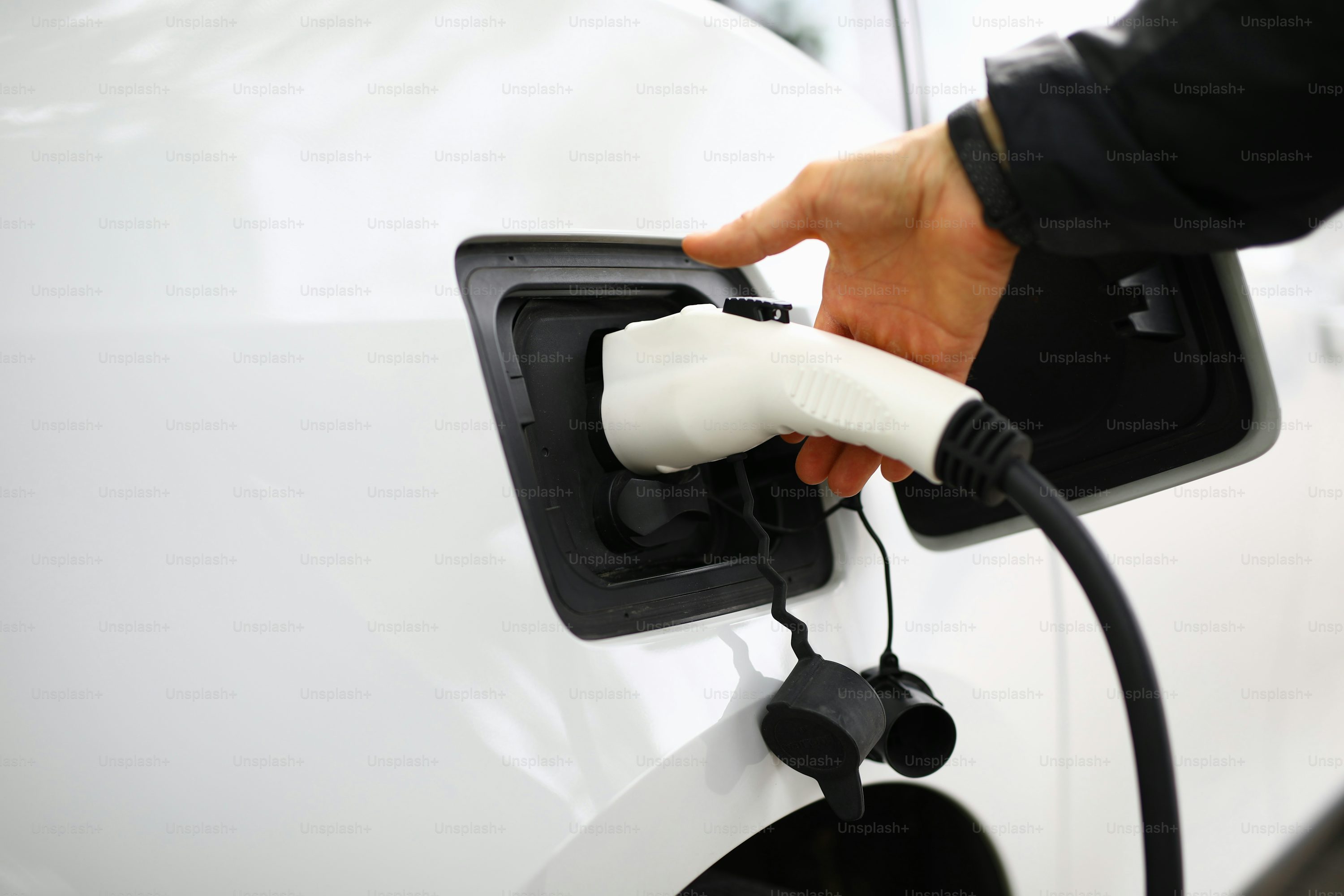
The case for hybrid vehicles in the GCC has never been stronger. They are no longer a niche curiosity but a mainstream, intelligent choice for the modern driver.
They successfully tackle the biggest concerns of the region:
They save you significant money: With rising fuel costs, the annual savings in SAR or AED are a tangible benefit to your wallet.
They are built for the climate: Modern hybrids, especially from brands with a long history in the region, are engineered to handle the extreme heat and deliver powerful AC performance.
They are supremely reliable: The technology is mature and proven, with manufacturers backing their systems with long warranties and a track record of longevity.
They hold their value: Strong demand for used hybrids means they are a sound financial investment.
The choice simply comes down to your lifestyle. For the vast majority of drivers, a self-charging full hybrid (HEV) like a Toyota Camry or Lexus RX offers the perfect blend of efficiency and convenience, with no changes to your daily routine.
For those who can charge at home and have a predictable daily commute, a plug-in hybrid (PHEV) offers a tantalizing glimpse into the all-electric future, with the safety net of a petrol engine for long journeys.
Ultimately, a hybrid car represents a smart, practical evolution of personal transport. It seamlessly blends the familiar reliability of the petrol engine with the silent, efficient power of electricity, creating a driving experience that is perfectly suited for the roads, climate, and economic realities of the Middle East today.










